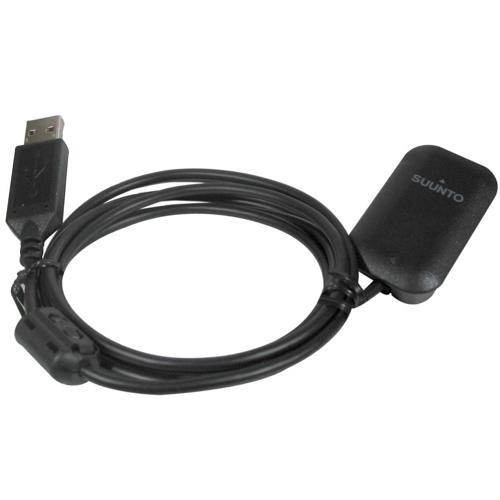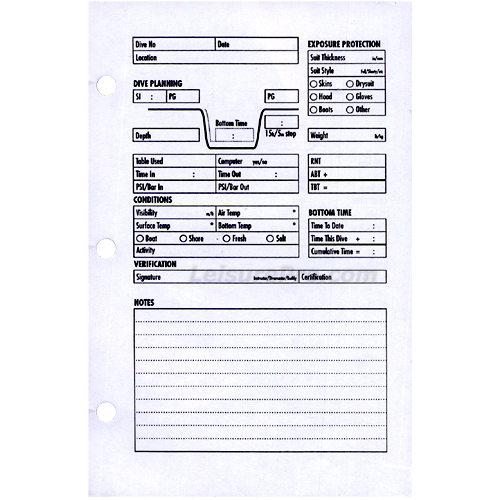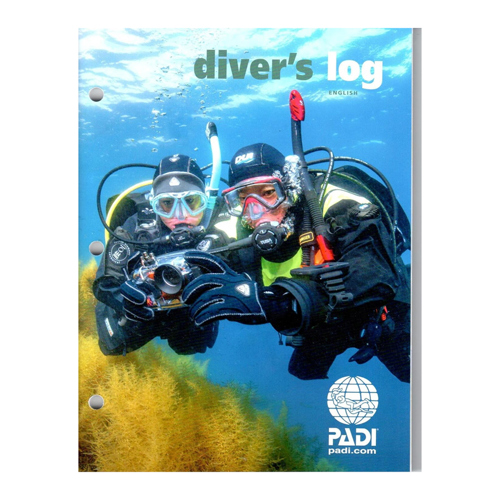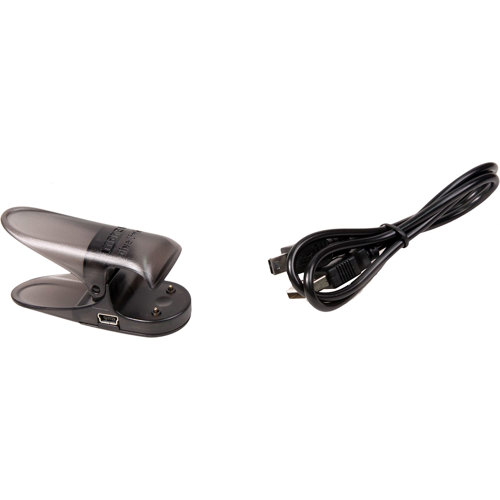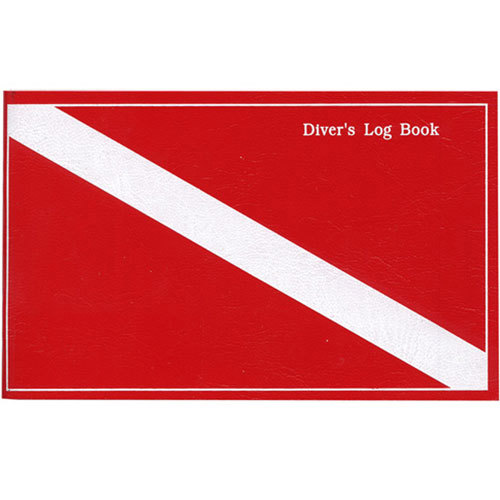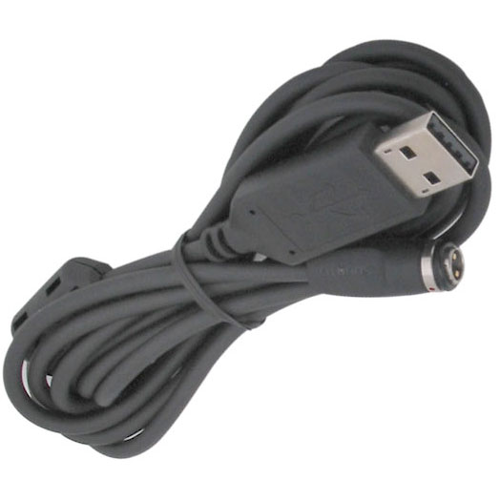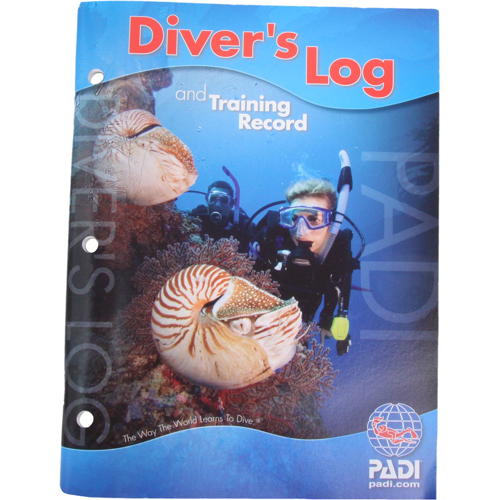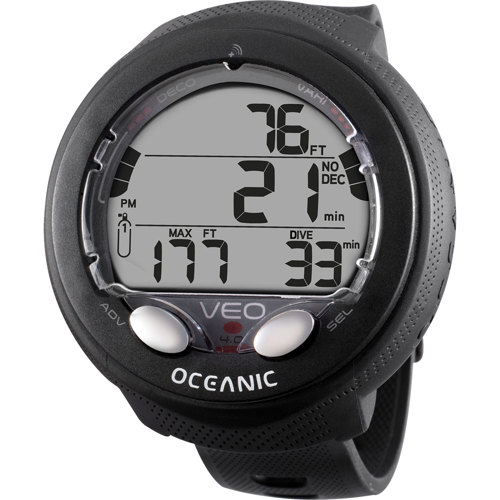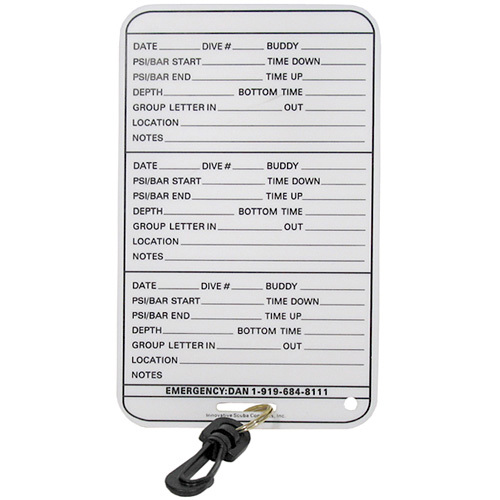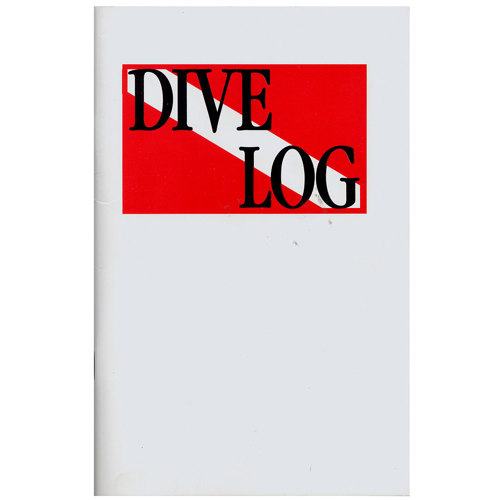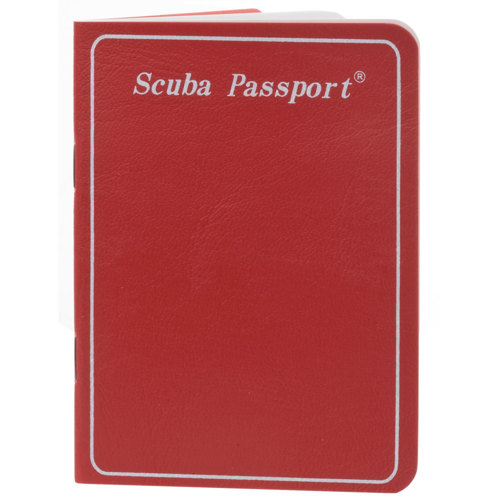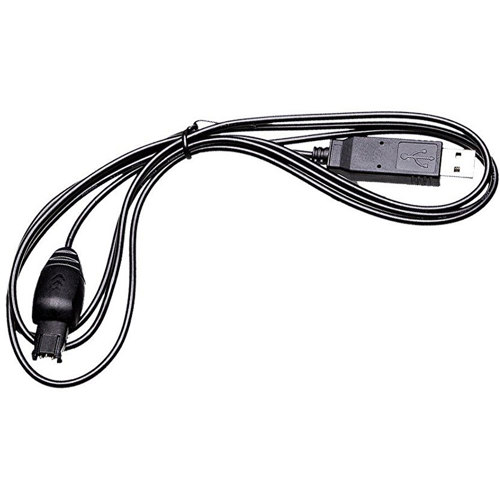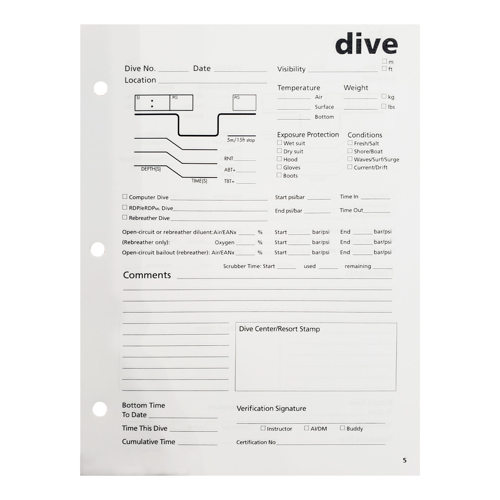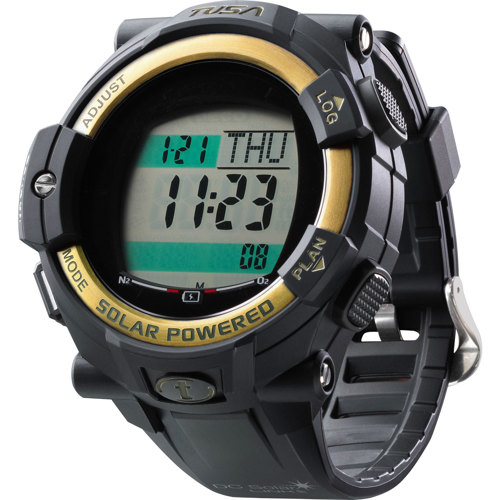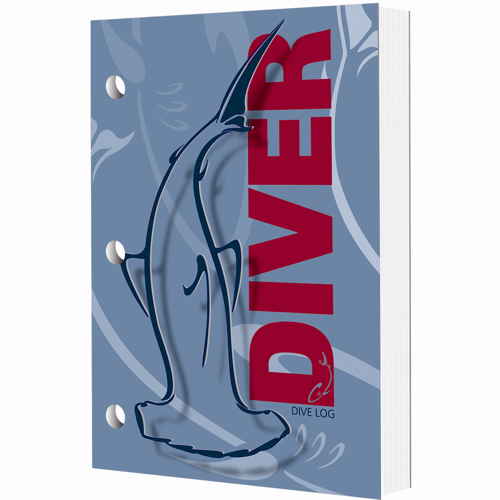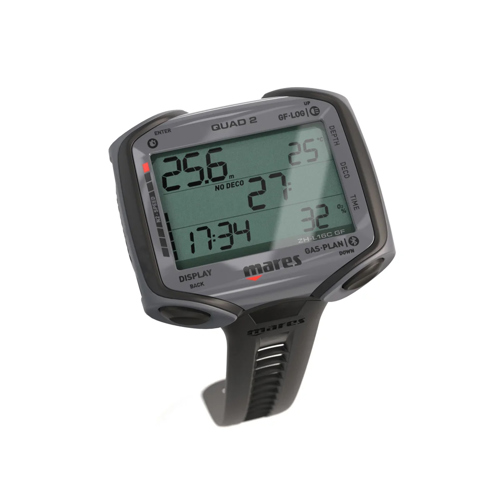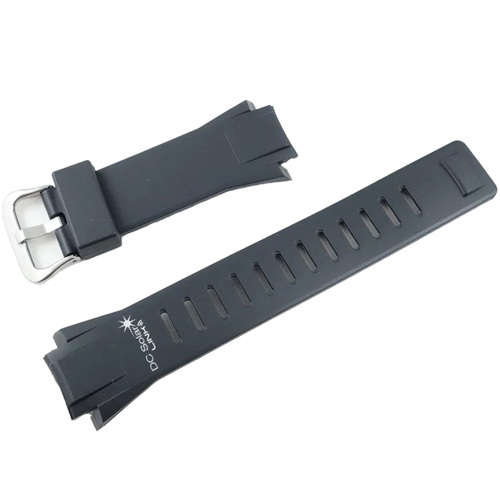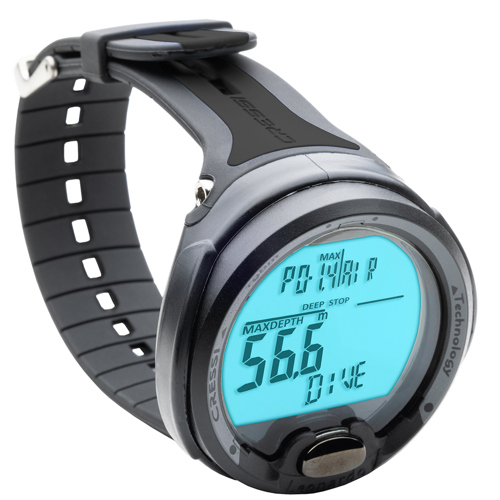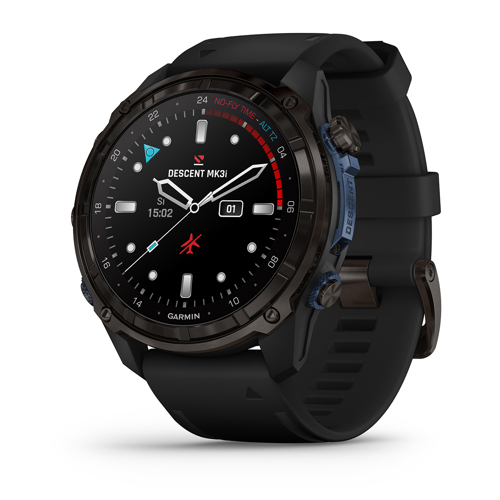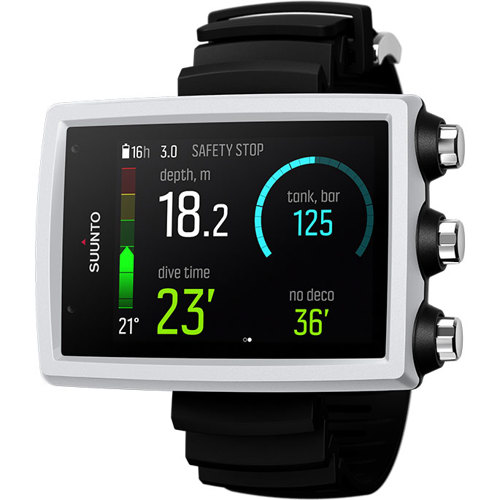Cumulative dive logs are an essential part of every diver’s journey, serving as both a personal record and a formal documentation of experience. Whether you’re a seasoned instructor or just beginning to explore the underwater world, keeping an accurate log of your dives is invaluable. These logs meticulously track your total dive time, total number of dives, and often include detailed notes about conditions, maximum depths, and even the gear you used. For many divers, reviewing these records is a ritual after every trip—flipping through pages or scrolling through digital entries to relive the vibrant reefs, the thrill of encountering a curious sea turtle, or the satisfaction of mastering a new skill. Over time, your cumulative dive log becomes more than just a technical record; it’s a chronicle of your underwater adventures, filled with memories that grow more meaningful with each entry. As autumn arrives and dive travel shifts to warmer waters or local lakes with changing foliage, it’s the perfect season to reflect on the year’s dives and update your cumulative log, ensuring every detail is captured before the memories fade.
When considering which type of cumulative dive log to use, think about your diving style, travel habits, and personal preferences. Traditional paper logs offer a tactile experience—writing by hand, attaching certification stamps, or sketching out dive sites can be deeply satisfying. These physical logs are easy to share with instructors or dive centers, and they make thoughtful gifts for new divers, marking the start of a lifelong passion. On the other hand, digital and electronic logs, often integrated with dive computers or smartphone apps, automatically record vital data like depth profiles and total dive hours. These are ideal for tech-savvy divers or those who value convenience, accuracy, and the ability to back up their records online. Digital logs can simplify the process of tallying cumulative statistics, which is especially helpful when applying for advanced certifications or specialty courses. For professionals, instructors, or those working toward higher levels of dive certification, maintaining an up-to-date cumulative dive log is often a requirement. Dive resorts and training agencies may request to see your logged experience before granting access to advanced sites or enrolling you in leadership programs. If you’re shopping for a diver in your life—perhaps as a holiday or milestone gift—a high-quality logbook or a subscription to a digital logging service can be both practical and meaningful, supporting their growth and celebrating their achievements.
Beyond their practical function, cumulative dive logs play a crucial role in dive safety and planning. By reviewing past entries, divers can recall what equipment setups worked best in certain environments, how much weight was needed for different wetsuits, or which sites offered the most memorable encounters. This historical perspective helps divers make informed decisions, avoid repeating mistakes, and prepare for future adventures with confidence. For those who are working toward professional credentials or simply want to track progress over time, cumulative logs provide the necessary documentation to verify experience and skill development. If you’re interested in learning more about how to organize your logs to meet certification requirements, or want to compare different logbook styles, our dedicated page on
Dive Certification Logs offers additional insights and resources. No matter where your diving takes you—from crisp autumn lakes to tropical reefs—keeping a detailed cumulative dive log ensures your underwater story is preserved, ready to inspire your next adventure and support your ongoing journey as a diver.


